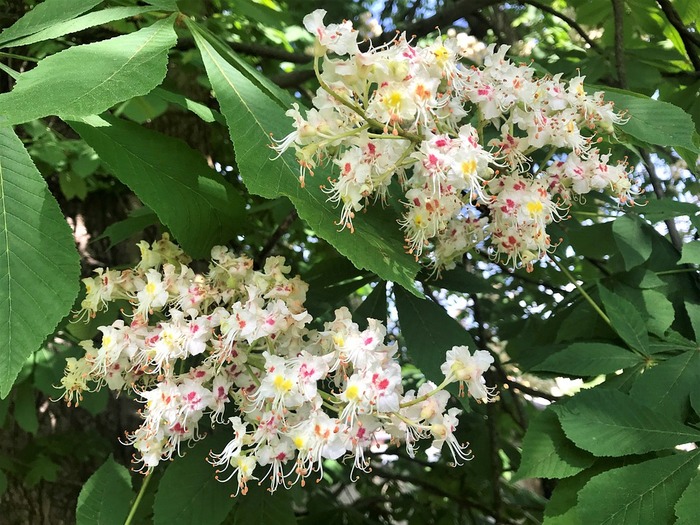Out-of-season blooms of chestnut trees 'crazy' for the climate are reported for the first time far north of the country, in various areas of the Lario and Valchiavenna.
The anomaly, probably due to the heat and drought of recent months, currently mainly affects the Grussulée variety and could lead to a reduction in productivity for the next year.
The alert was launched by researchers from the Institute for BioEconomy of the Cnr and the University of Insubria in Varese who, in collaboration with various mountain communities, are studying the genetic heritage of a dozen Lombard chestnut populations, relevant both for their value and for their diffusion.
It was during the work in progress on the Lombard territories that the technicians of the Forestry Consortium of Prata Camportaccio reported the presence, in Valchiavenna, of numerous chestnut trees in full bloom.
This phenomenon "represents an important and worrying anomaly - the experts explain - as the flowering of the chestnut takes place in June, while in September the fruits are already preparing for ripening, with early varieties that already open the curls and make the chestnuts on the ground ".
The analysis of the branches shows how this September flowering is taking place on the vegetation formed in the spring of 2022, thus involving the buds that were supposed to be dormant and that should have bloomed during the next year.
The natural rhythms of plants are strongly distorted and the fault can be attributed to seasonal anomalies.
Similar phenomena, in fact, are already known on other species of agricultural interest and had also been noted on the chestnut, in a limited form, in various areas of central Italy.
"The strong water stress combined with high temperatures have blown up the physiological mechanisms of regulation of the natural cycles of plants", explains Claudio Cantini of the Institute for BioEconomy of the Cnr. "As soon as the climatic conditions have changed, with a shortening of the photoperiod, of rains and lowering of night temperatures, the plants reacted as they usually do at the end of the winter period: the buds went into bloom, interrupting dormancy ”.
The problem is that this second flowering does not involve a second production, but represents a wasteful and harmful use of the reserve substances of the plants, a sort of 'empty shot'.
In fact, the buds that have blossomed now will not bloom next year, thus reducing productivity.
At the moment the Grussulée variety seems to be the most affected by the phenomenon, which is absent on Marrone plants.
"The response to these environmental stresses is not homogeneous - underlines Giorgio Binelli of the Department of Biotechnology and Life Sciences of Uninsubria - and therefore it is important to highlight the genetic differences present at the varietal level, in order to identify the plants capable of reacting better to these. anomalous seasonal trends ".







